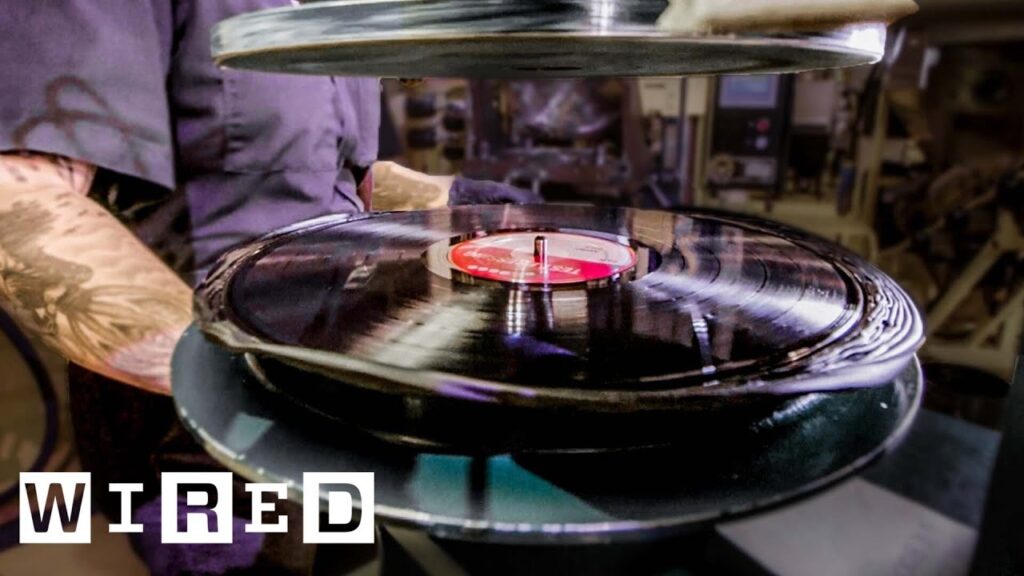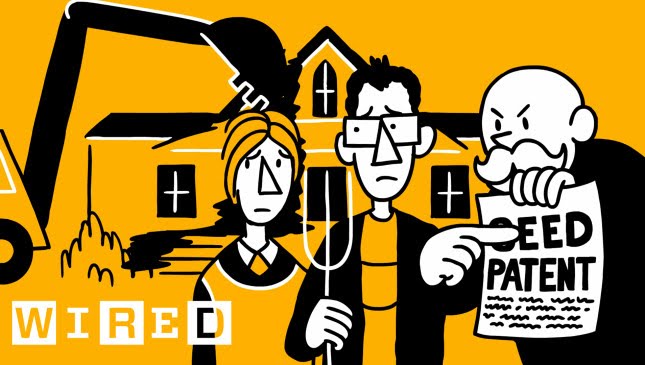Hacking in Popular Culture: Depictions, Realities, and Vulnerabilities
Summary
In this article, we explore the various depictions of hacking in popular culture, ranging from movies like Tron Legacy to Iron Man. While some of these representations are unrealistic, others are more accurate, such as the use of viruses and potential government surveillance. We also discuss the vulnerability created by the increasing connectivity of devices and the prevalence of open-source software. Lastly, we touch on the difficulty of depicting hacking in a visually stimulating way while still being realistic.
Table of Contents
- Unrealistic Depictions of Hacking
- Realistic Scenarios and Vulnerabilities
- Hacking Competitions and Criminal Minds
- Accuracy of Hacking Depictions in Pop Culture
- Depicting Hacking Realistically
- Conclusion
Unrealistic Depictions of Hacking
The portrayal of hacking in movies and TV shows is often unrealistic, with fictitious tools like SSH Nuke and the ease of hacking into power grids. However, some depictions are closer to reality, such as the use of viruses and the potential for government surveillance. The increasing connectivity of devices also creates vulnerabilities, as seen in the recent hack in Dallas using radio frequency to set off emergency sirens.
Realistic Scenarios and Vulnerabilities
Hacking into a Python web server within 10 minutes and the DEF CON hacking conference are examples of realistic hacking scenarios. Keyloggers are a common way to access private information, and the possibility of machines communicating and attacking each other in the future is a real concern. The vulnerability of antivirus software and the importance of strong passwords are also discussed.
Hacking Competitions and Criminal Minds
The speaker mentions a rumored Facebook hackathon where programmers had to drink every 10th line of code written. They also discuss the criminal mind of hackers who compete and mention a girl named Colby Baylo with an impressive GUI.
Accuracy of Hacking Depictions in Pop Culture
The speaker comments on the accuracy of hacking depictions in movies and TV shows, noting that the portrayal of competition on a single target system is more realistic than multiple systems being hacked. They also discuss the use of Linux in government systems and the lack of graphical user interfaces in hacking. The use of relays and satellites to hide one’s location is also mentioned.
Depicting Hacking Realistically
The difficulty of depicting hacking in a visually stimulating way while still being realistic is acknowledged. The speaker appreciates when depictions are realistic and hopes to see more accurate portrayals in the future.
Conclusion
While the portrayal of hacking in popular culture is often unrealistic, there are some accurate depictions that highlight the vulnerabilities created by the increasing connectivity of devices. It is important to understand the potential dangers of hacking and to take steps to protect ourselves from these threats.







